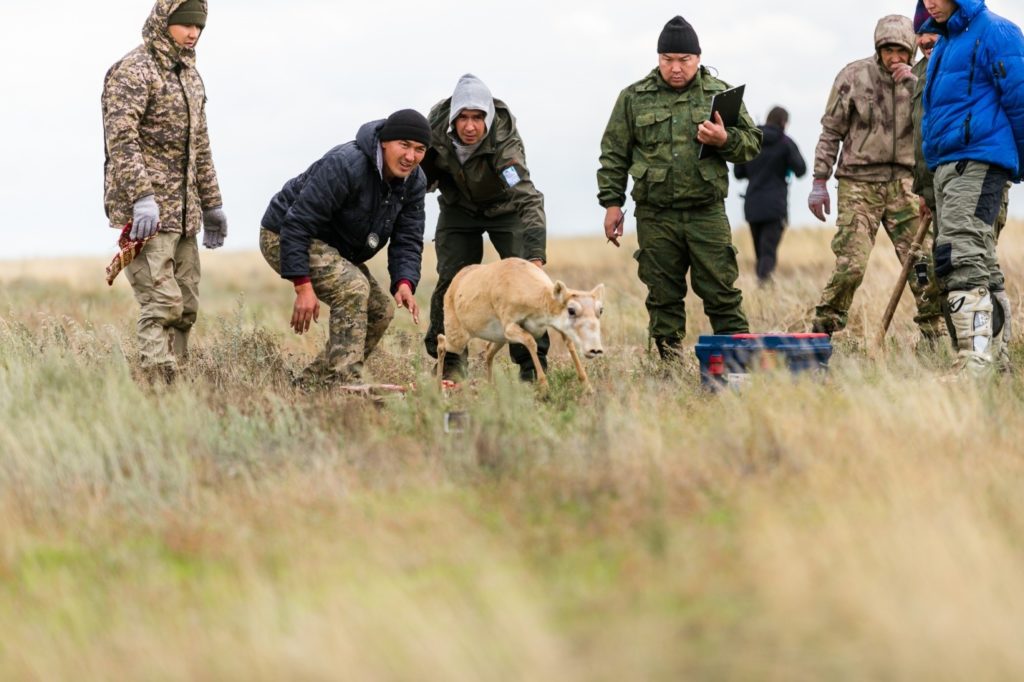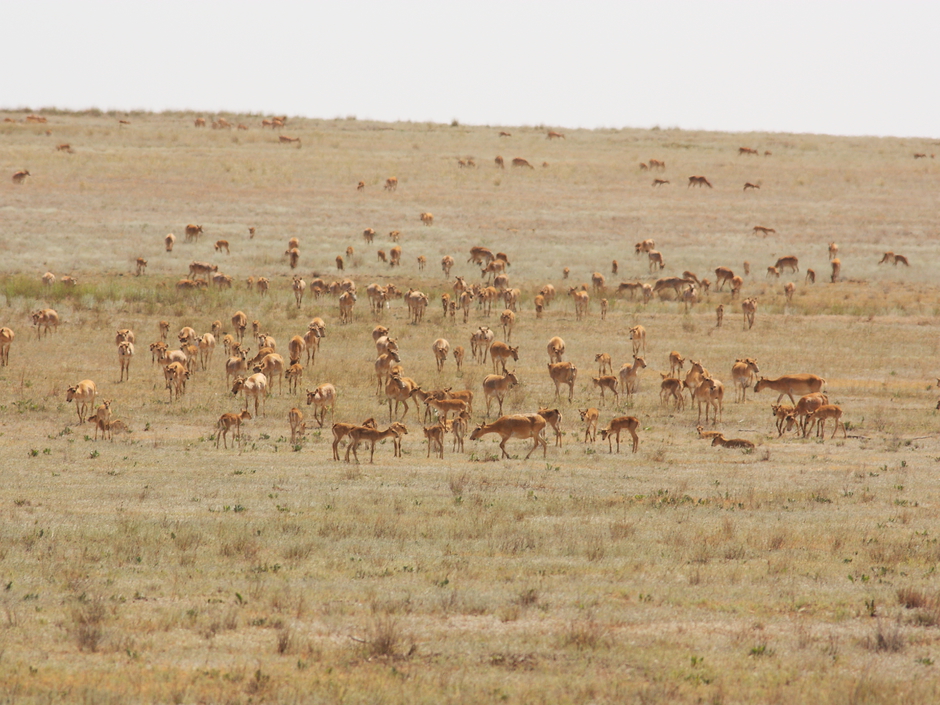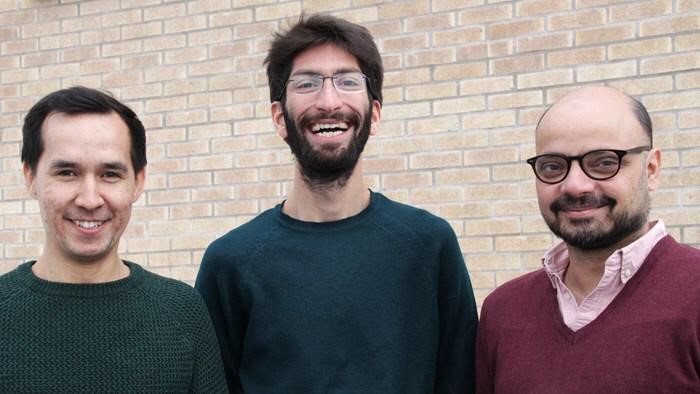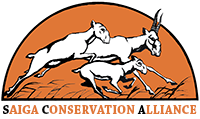What could possibly bring researchers from far and wide up to frigid (yes, it was -250C in the day!) Umea, Northern Sweden in the middle of winter? Well, saigas, of course!
Dr. Navinder Singh, an associate professor at the SLU has been working on saiga research and conservation for nearly a decade now. His expertise in spatial ecology make him especially useful for understanding the conservation issues of this migratory species. Dr. Singh hosted Albert Salemgareyev of the Association for Conservation of Biodiversity of Kazakhstan (ACBK) and Me, a PhD student working on saiga ecology and conservation. Under the guidance of Professor. EJ Milner-Gulland (Oxford University) and Dr. Eric Morgan (Queen’s University – Belfast) we three gathered for a 2 week reunion.

For over 10 years now researchers like Albert have been collecting data on various aspects of saiga ecology and conservation. These include calf monitoring, aerial surveys to monitor aggregating saigas and collaring saiga to understand movement. In the spirit of collaboration, sharing expertise and relationship building, Albert had identified the need to analyze the long-term calf monitoring data to see if there was anything interesting to learn from trends within it, and seek improvement in the same for the following surveys. Calf monitoring is crucial for saigas, as they mass calve in mid-May annually. During this time females are highly immune-suppressed. Lots of interesting work on various ungulates shows that calf composition (sex, mass, numbers, for instance) can be an indicator of population performance of species that has potential conservation implication. We were here to investigate!
Also, any long-term monitoring is only as good as the data it can generate. Therefore, it is critical to periodically evaluate how and what is being monitored. You don’t want a situation 10 years into monitoring (which in highly resource intensive by the way!) where you ask yourself, “we should have collected this data also, or in this particular manner”… Hindsight is only a reflection for long-term data. Often a costly one!
Yes, this kind of coming together takes commitment. Albert manages the whole research program at ACBK which involves working on aspects well beyond just saiga calving (Do ask him about the Khulan reintroduction program he is a part of. An evening at the pub might not be enough!). Navinder, being a full time professor has multiple post-graduate students working on various project alongside the teaching. I have a PhD to do (that doesn’t involve the use of saiga calving data). Beyond the work load, not to mention the financial and logistical inputs one need to invest in making such a gather a reality. EJ and Eric (though not present physically contributed to the work with periodic skype calls) have diaries filled with engagements that barely give them time to have lunch in peace!

Here it is important to acknowledge that we, seemingly different individuals with our “individual” roles as professionals, come together as a “team”, a team working towards saiga conservation. This intermittently involves going beyond just our supposed individual roles as professionals and looking at the research and conservation priorities as whole. On one hand we had Albert’s rich personal experience of working on the ground with saigas across all three Kazakh populations, with the unique awareness of on-the-ground information needs. Whilst on the other we had Navinder’s in-depth knowledge of ungulate ecology, analytical skills, and conceptual underpinning. The rich discussions and analysis that transpired for the days we were together were of the kind that make you forget that lunch-time was over an hour ago!

As the two weeks came to an end, we had analyzed some data and discussed some refinements to calving surveys. This work would need to continue even as Albert boarded his flight back to Astana and me to London. However, what the two weeks truly accomplished was a friendship and camaraderie amongst three researchers that have devoted some part of their lives towards the cause of the ungainly creature, the saiga! We acknowledged that more such collaborative endeavors should happen in the future, nestled in a knowledge-sharing ethos. The three of us split having kindled a personal bond that will nurture our professional endeavor to bear fruit for the research and conservation of a species we so love!
Collaborations are like friendships (for me at least)… skype calls aren’t enough.
Find out about Munib’s research here
